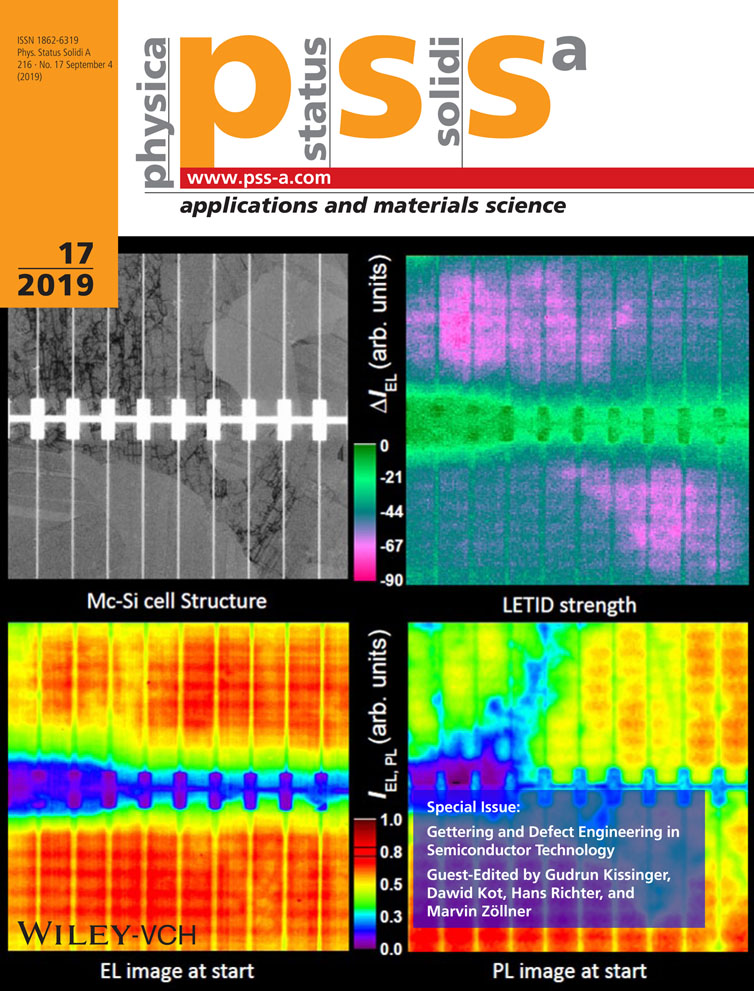Novel Way to Assess the Validity of Czochralski Growth Simulations
Abstract
Growth engineers typically resort to simulations to improve Czochralski pulling processes. The temperature field across the ingot during processing governs many processes (e.g., pulling velocity and energy uptake) or material (e.g., silicon oxide precipitation and thermal defects content) parameters and therefore reproduces reality as faithfully as possible. Still, validation of temperature fields and their evolution (“thermal histories”) is complex as instrumentation of a rotating and growing ingot is technically challenging. Herein, a post-growth experimental validation procedure is proposed, which is carried out on the finished ingot, based on the room temperature measurement of grown-in oxygen-related thermal donors, which can be seen as a relic of the ingot thermal history. The basis of the method is laid down and then illustrated through a practical case of an ingot pulled at Commissariat à l’Energie Atomique et aux Energies Alternatives-National Institute for Solar Energy, France (CEA-INES). The advantages and the limits of the method are presented and discussed.
Conflict of Interest
The authors declare no conflict of interest.




